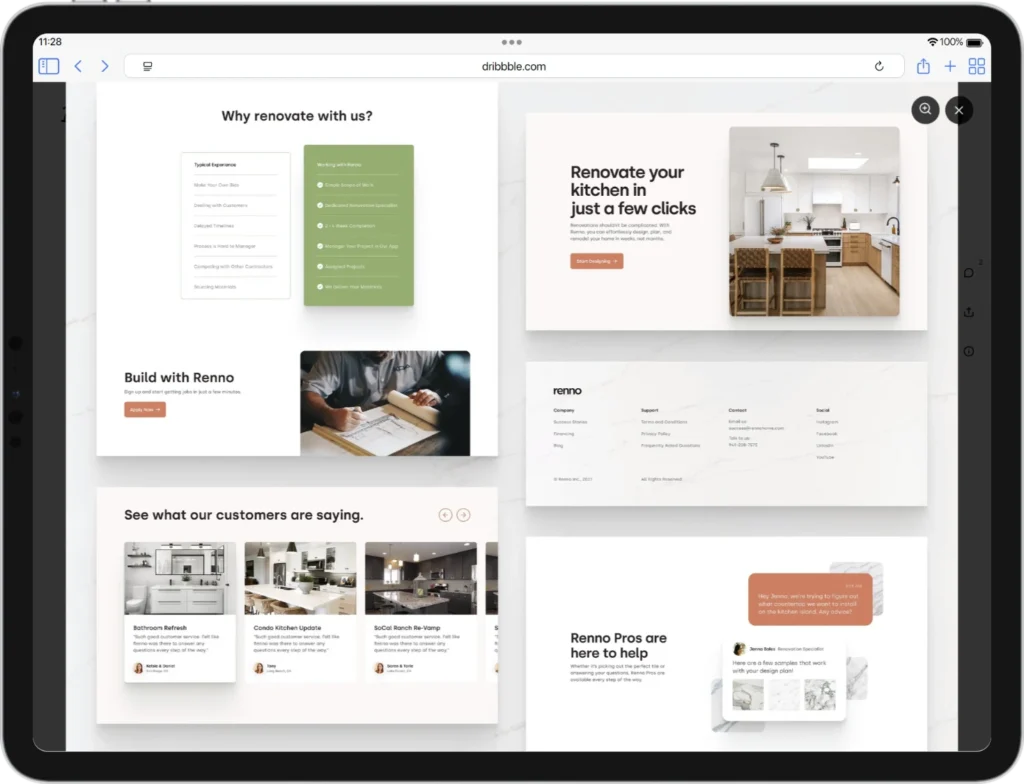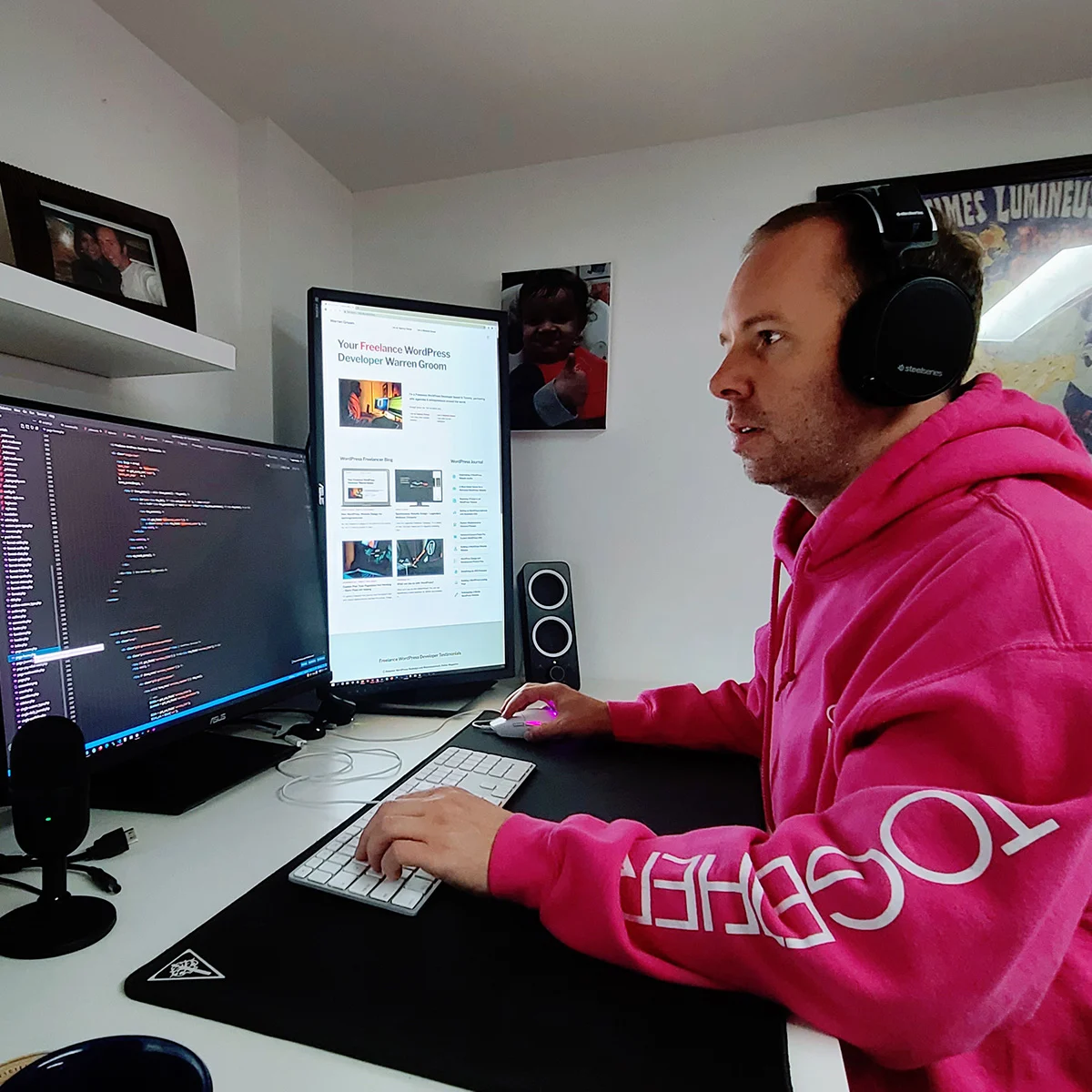Introduction: The Startup Bottleneck
You’ve got new features to ship, a funding announcement on the horizon, and a landing page that’s still sitting in a dev backlog. Sound familiar?
For startups, the website isn’t just a digital storefront—it’s your lead engine, investor pitch, product explainer, and recruiting platform rolled into one. But if every change needs a full dev cycle, you’re not scaling—you’re stalling.
Modular website design flips that script. By building your site as a system of reusable, interchangeable blocks, you empower your marketing and product teams to move fast, launch faster, and keep pace with your startup’s real-time momentum.
What Is Modular Web Design?
Modular web design is like building with LEGO: instead of crafting each page from scratch, you create a library of flexible, reusable components—hero sections, testimonial blocks, pricing tables, CTAs, and more.
These modules follow consistent design and code rules (think spacing, fonts, responsive behavior), so they snap together seamlessly. When your team needs a new landing page, they’re not waiting on a designer-developer relay race. They’re assembling what they need from ready-to-go parts.
For startups, that means faster go-to-market, fewer roadblocks, and lower dev overhead—without compromising on brand or UX.
Core Startup Pain Points Solved by Modular Design
Speed to Market
Campaign launches. Product pivots. Investor updates. Timing is everything—and modular sites let you build pages or sections in hours, not weeks.
Cost-Efficient Scalability
You don’t need to reinvent the wheel every time you scale. Reuse modules across campaigns, pages, and even products—keeping costs down and consistency up.
Consistency Across Touchpoints
Every module follows your brand’s design system, so whether it’s a homepage or a hiring page, the experience feels cohesive—no matter who built it.
Agile Iteration & Easy Maintenance
Need to A/B test a CTA? Update a testimonial? Swap out a pricing layout? Make the change once—it updates wherever that module appears. No duplicated work, no broken pages.
Benefits in Real-World Terms
Modular website architecture isn’t just a developer’s dream—it’s a growth engine for marketing and product teams at scaling startups. Here’s how it plays out in the real world:
Faster conversions: Your growth team needs a product-led pricing page before next week’s investor pitch. Instead of filing a dev ticket, they assemble it in a few hours using pre-built, tested modules.
Launch agility: Got a new feature, partner, or market? Launch a dedicated landing page in a day—drag, drop, publish. No bottlenecks, no budget surprises.
Built for scaling teams: As your content, SEO, and marketing teams grow, modular design ensures they’re all using the same components. That means fewer errors, more brand consistency, and easier onboarding.
This kind of agility is a competitive edge—especially in fast-moving markets like SaaS, MedTech, and GreenTech, where time-to-market directly affects ROI.
Addressing Common Concerns About Modular Websites
Let’s bust a few myths:
“Modular = Generic”
Not at all. Think of modules as flexible templates. You can customize copy, imagery, CTAs, and layout without breaking the system. It’s structured creativity—freedom with guardrails.
“It’s more work up front”
True—but it’s strategic work. You invest once in building out high-quality, reusable web components. Then you reap the rewards every time you build a new page without touching code.
“Will it still look premium?”
Absolutely. A well-executed modular website follows a startup’s brand system: typography, spacing, accessibility, mobile responsiveness. If done right (and that’s where Moweso comes in), it looks polished on every screen, every time.
How to Build a Modular Website: A Startup Playbook
Ready to go modular? Here’s the roadmap:
Audit your current site
Identify common page patterns and repeatable blocks (hero sections, feature highlights, testimonials).
Define your module library
List must-haves: CTAs, product cards, video blocks, FAQ sections, pricing layouts. Think function-first.
Design with scalability in mind
Use a startup-ready design system: consistent grids, responsive behavior, accessible code, SEO-optimized structure.
Choose a flexible CMS
A custom WordPress setup gives you the best of both worlds: a familiar interface for your team and a backend tailored for modular editing. No bloated plugins, no rigid templates—just fast, clean publishing.
Train your team
Empower marketing and content leads to build and iterate without tapping engineering every time.
Iterate and optimize
Monitor analytics. Swap underperforming modules. A/B test headlines, CTAs, and layouts. Your website becomes a living, evolving growth tool.
Modular Web Design & SEO: A Perfect Match
Consistent structure = better crawlability
Repeating modules follow semantic HTML and maintain proper header hierarchy—great for search engines.Schema-ready components
Build once, markup everywhere. Add structured data (reviews, events, FAQs) to individual modules for maximum visibility.Faster load times
Modular builds are lighter, faster, and easier to optimize—key for Core Web Vitals and mobile rankings.Strategic content reuse
Reuse testimonial modules, related blog posts, and internal CTAs across pages to support topic clusters and backlink architecture.
When SEO is wired into the build—not duct-taped on later—it becomes a true growth lever.
Conclusion: Build a Future-Ready Website
For startups, growth doesn’t wait. Neither should your website. Modular design isn’t just a trend—it’s a smarter, faster, more scalable way to build.
By embracing reusable components and a flexible backend, you’re giving your team the tools to experiment, launch, and iterate without compromise.

